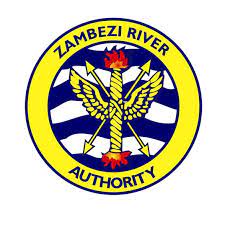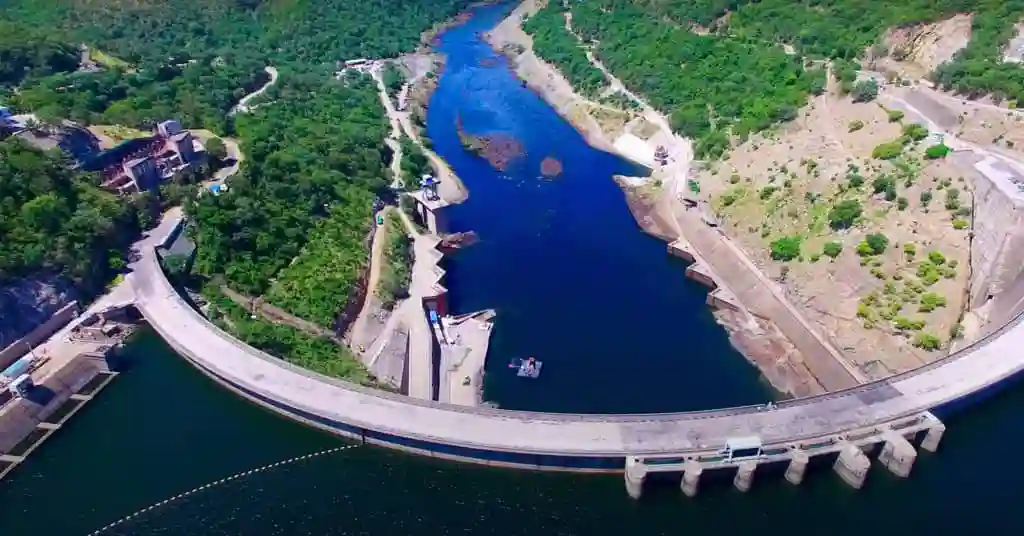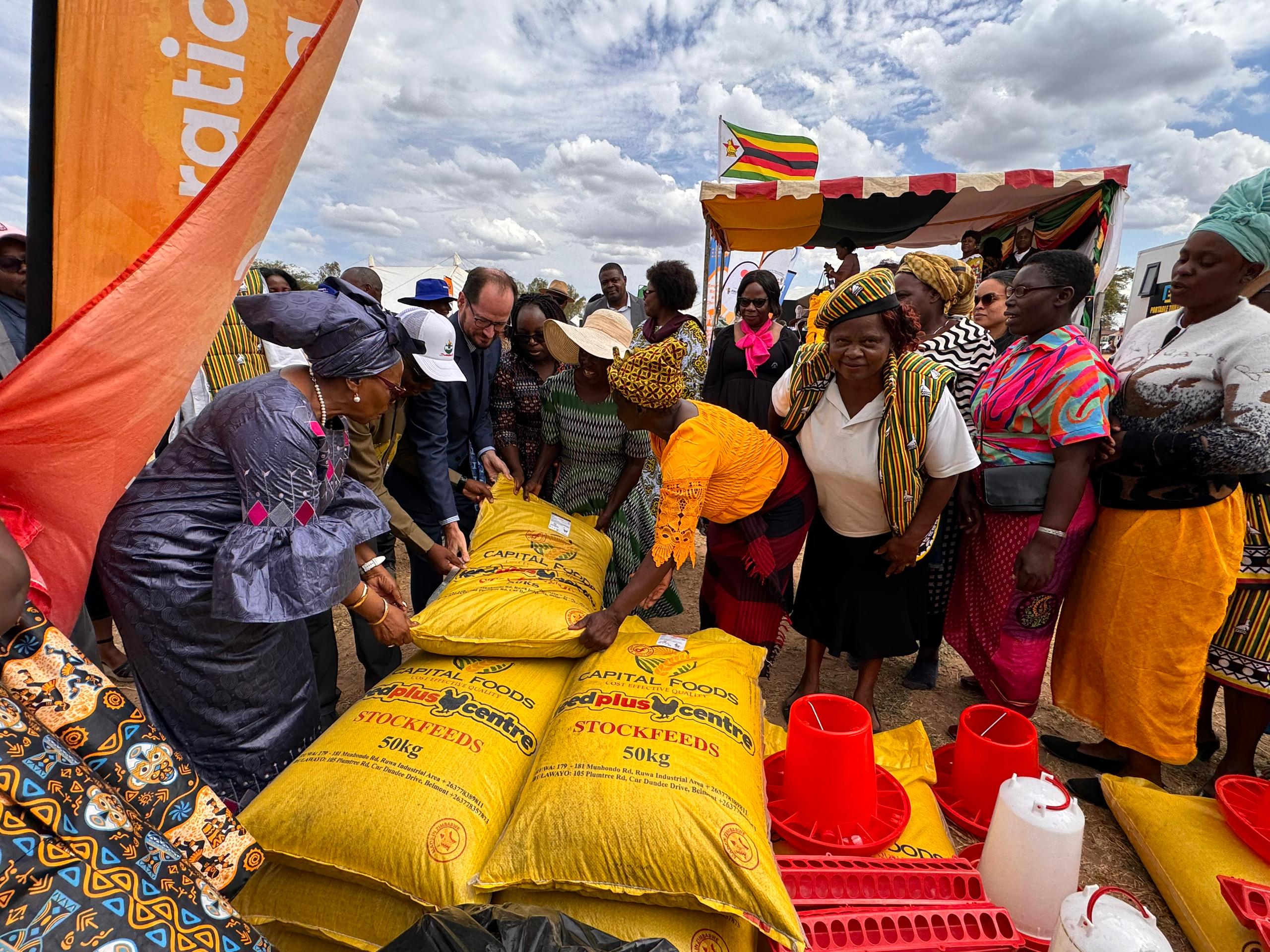
The 2023/2024 rainfall profile outlook implies a high likelihood of below-normal Zambezi River inflows into Lake Kariba hence the need to consider other sources of power generation
Eng Munyaradzi Munodawafa
By Dickson Bandera
The Zambezi River Authority has urged Power utilities in both Zambia and Zimbabwe to consider alternative sources of power to complement generation at Kariba as the rainfall forecast show a high probability of a normal to below normal 2023/2024 rainfall season, which will reduce power generation capacity at Kariba.
Alternative power sources that complement hydropower in Zimbabwe include coal and renewable energy sources, which constitute together 31.83%, according to the Zimbabwe Energy Regulatory Authority.
In a statement, the Zambezi River Authority Chief Executive Officer, Engineer Munyaradzi Munodawafa, announced that the Authority has allocated 16 Billion Cubic Meters (BCM) of water to be shared equally between ZESCO Limited (ZESCO) and Kariba Hydro Power Company (KHPC) for their power generation operations at Kariba for the year 2024.

The announced water allocation is far below the normal quantities and was informed by the 2023/2024 rainfall forecasts made by the Southern Africa Climate Outlook Forum-27 (SARCOF-27) and the corresponding downscaled projections by the National Metrological Agencies of Zambia and Zimbabwe, which all showed a high probability of a normal to below normal 2023/2024 rainfall season for the Kariba Lower Catchment and normal to above normal rainfall season for the Kariba Upper catchment.
“This general outlook is highly influenced by the increasing occurrence of El Niño weather conditions, which are expected to significantly impact negatively, the rainfall season in Southern Africa,” said Engineer Munodawafa.
“Hydrological simulations carried out by the Authority using the Kariba Inflow Forecasting System (IFS) that is based on satellite rainfall measurements and numerical weather forecasts, providing short-term and seasonal flow forecasts, considered the high likelihood of a below-average rainfall season which, in turn, will likely result in below average inflows into Lake Kariba thereby negatively impacting the volume of water available for power generation during the year 2024.
The 2023/2024 rainfall profile outlook implies a high likelihood of below-normal Zambezi River inflows into Lake Kariba hence the need to consider other sources of power generation.
The Zambezi River flows recorded at key gauge reading stations have been lower since the commencement of the 2023/24 rainfall season. The flows recorded at Victoria Falls have shown signs of minor increase in levels. The flow recorded on 27th December 2023 was 472 m3/s, slightly lower than the flow recorded on the same date in 2022 which was 482 m3/s.
For Chavuma, the flow recorded on 27th December 2023 was 324 m3/s, 41 m3/s lower than the flow recorded on the same date in 2022 which was 337m3/s.
Lake levels at the world’s largest man-made lake continue to recede during this period of the season, mainly due to lower inflows than outflows from Lake Kariba with isolated fluctuations being observed recently due to sporadic rainfall activity on the Lake.
The 2023/24 rainfall season performance of the lower Kariba Catchment thus far has been poor, resulting in below-normal inflows into Lake Kariba. On 27th December 2022, Ume, Sanyati and Gwayi Rivers of the Kariba lower catchment recorded 0 m3/s, 53 m3/s and 0.2 m3/s respectively, while on the same date this year (2023), Ume recorded 8 m3/s; Sanyati recorded 53 m3/s and Gwayi recorded 0 m3/s. The recorded lake level on 27th December 2023 was 477.12m with 7.25 BCM or 11.19% live storage.
With the two power generation utilities generating power within the confines of their respective water utilisation plans for the year 2023, the lake is projected to close the year 2023 at 477.23m with 7.78 BCM of live storage which translates to 12% live storage. It is recommended that the highest possible live storage be maintained going into 2024 as a buffer against the anticipated below-normal inflows.
Engineer Munodawafa said the Authority continues to engage the two utilities through the weekly Joint Technical Committee meetings to ensure that they continue to adhere to their approved water utilisation and water for power generation to ensure sustainable management of the Kariba reservoir.
The Zambezi River Authority is a Bi-National organization mandated to contribute to the economic, industrial, and social development of the Republics of Zambia and Zimbabwe by obtaining the greatest possible benefits from the natural advantages offered by the waters of the Zambezi River (between Zambia and Zimbabwe) through the most economical and effective means of providing water for generation of electricity and for other purposes which the Contracting States may decide upon.

